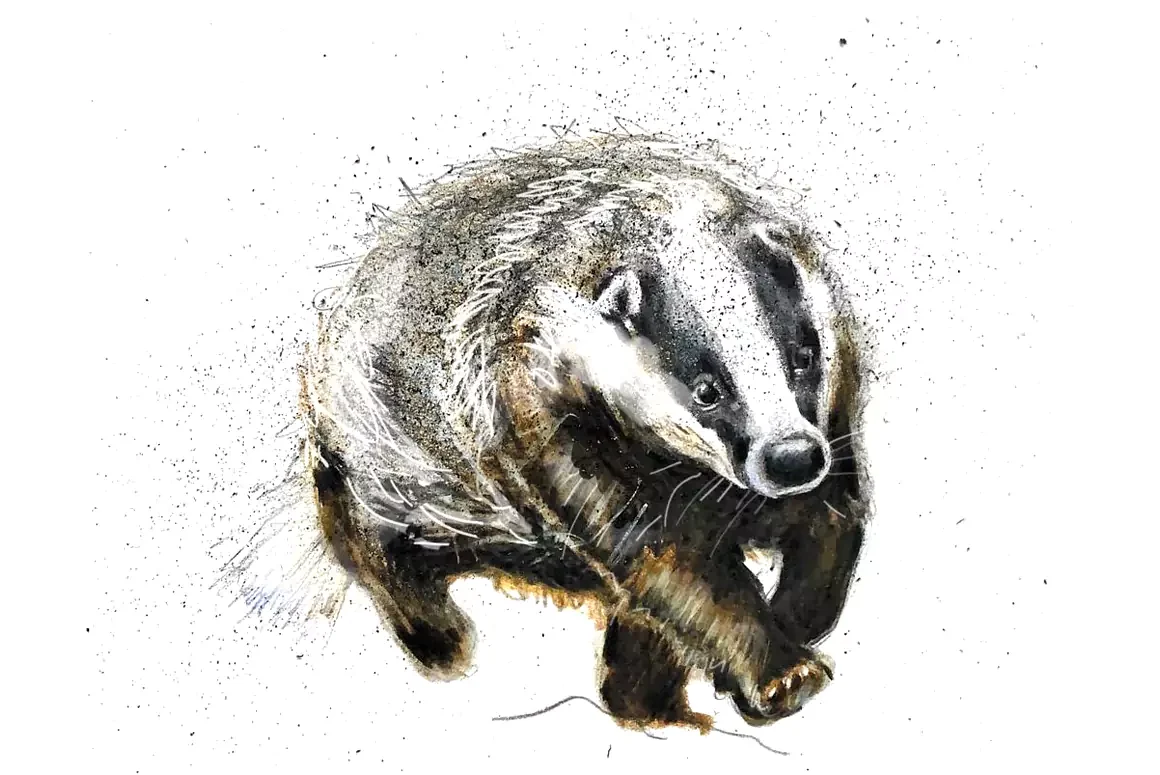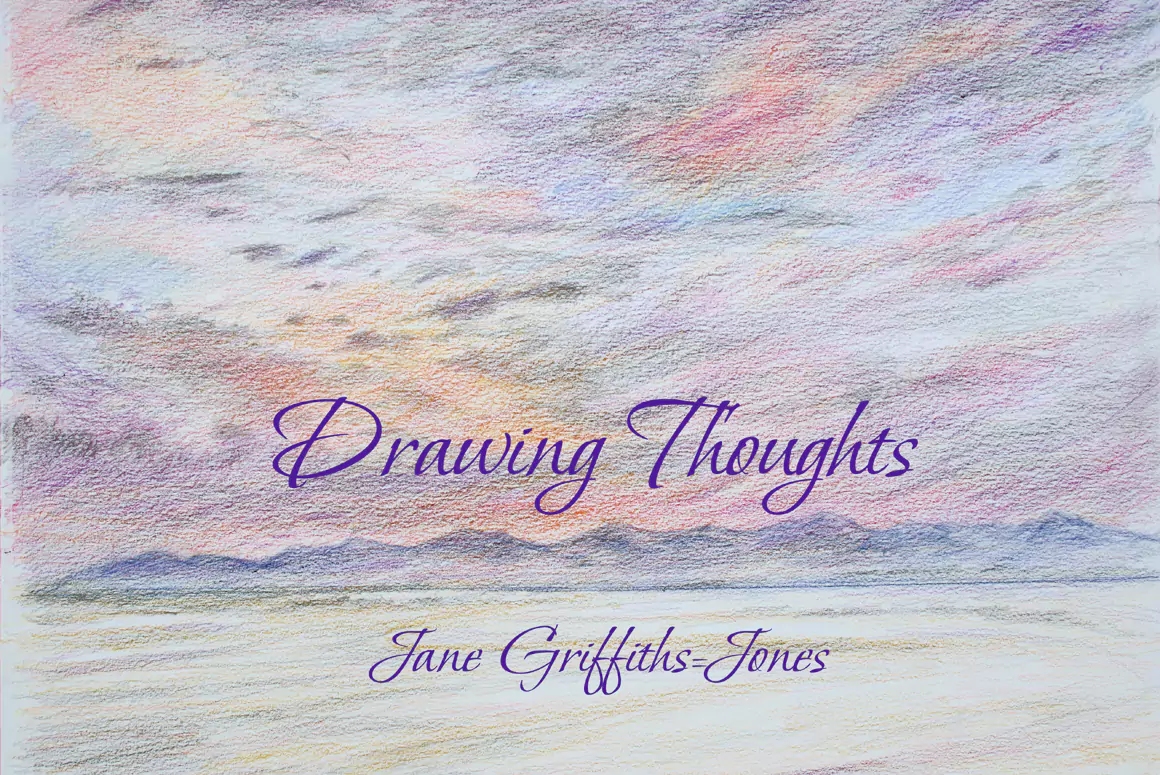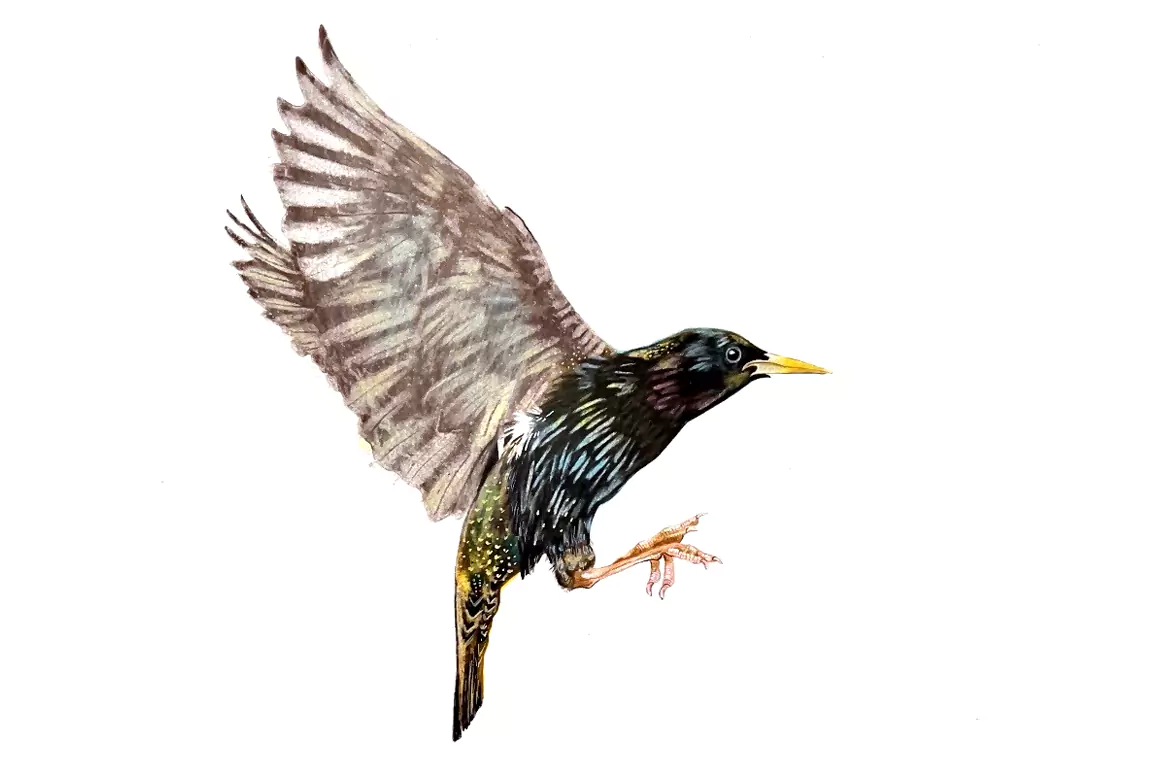Ah, lovely. Everything is arranged just as I like it – word processor on my lap, mug of coffee (with a hint of maple this morning) steaming at my side. I’m ready to begin writing. Until, that is, I’m distracted slightly by Winny, one of our cats, as she sidles up onto the sofa, onto a cosy throw laid aside there yesterday evening, and begins padding away, getting ready to settle in for a nice nap. I take a minute or two to watch her. Always the same routine – eyes half-slitted in sleepiness, pawing away gently, then the half-circle turn before curling into a ball and settling into the deeper creases of sleep.
As she finishes her routine and I continue into mine, I realise that we are not so very different beneath the surface; after all, we are both animals. I thrive on routine and structure, struggling when things become a little bit looser and more ad hoc, but it is not just me that works in this way. It is true to say that, in some degree at least, we humans are all just as much creatures of habit and ritual in our different ways: as we all go about our daily routines, setting alarms, hitting gyms or walking dogs, showering, brewing coffee, preparing breakfast and striding off into yet another workday, in the same ways as we always do, it is plain to see. These, though, are just the functional daily routines that we must all follow to bring some kind of arrangement to our day-to-day lives. When we expand our scope and pan out to the bigger picture of the calendars we follow, it becomes clear that our routines spring from more than mere necessity, and are indicative of a deep-seated love of life-organisation that spans nature, religion, folklore, cathartic habit, superstition, emotion and so much more.
We begin with the very newest of new beginnings, cheering in the New Year as we shrug off and shed the previous year’s trials and tribulations, looking forward to the coming months. Many make those New Year resolutions, some which will stick and any which will not yet just the positive turn in thought at the turn of the calendar is enough to carry us through the darkness of January to the flickering lights of Candlemas. Perhaps this little light is all that is needed to spark things anew as, around the same time, red bursts through the white frosts and sleet as St. Dwynwen’s Day here in Wales, and St. Valentine’s Day soon after, bring their bursts of passion and love into the coolness of the days. From these early sparks the year bursts into life: Saints’ days, Easter, midsummer parties, equinoctial shifts, autumn wreaths, Halloween (and Thanksgiving for our cousins in the New World), right through Advent and Yule, and so many more in between, on and on again, endlessly looping into the next cycle and the next.
Each culture has its own variations upon these cycles, with many of these being lovely, enjoyable opportunities to gather with friends and loved ones to celebrate and simply enjoy being alive. However, around these communal points in the year there is also the space for individuality and self-expression, those little routines known to, and followed by, only us as individuals, the little things that make us uniquely ourselves – the first walk of the year, visiting a special place at certain times, and so on. For me, of course, one of those key rituals is in the words I read. At various points in the year I will, without thinking, reach up to the shelves and take down certain books that, for whatever reason, seem to resonate particularly with that month or that season. The words on those pages seem to capture perfectly the essence of weather, sentiment and the spirit of the season so that I am drawn, time and again, to these passages and stories that never age, never grow stale nor lose their lustre whist I continue to grow older around them.
The best place in which to commence upon the reminiscence any journey is always going to be the earliest; childhood is where the seeds of a genuine love of reading are first sown and in my case, seeds are the appropriate metaphor here. Much of my childhood reading was oriented toward the natural world or at least coloured by it, by the smell of wildflowers and the swish of wind through lush hillside grasses and between the musty clearings of places like Watership Down and Farthing Wood. Anthropomorphic stories urge children to see the world from the perspective of others, to empathise and follow along paths they might otherwise disregard, an important life lesson for us all, and one that opens the door to so much else if we are willing to learn.
Talking of learning, although I am many years past my student days, and further still from my school-uniformed, fresh-faced days as a ‘pupil’, as a teacher I still get that tinge of excitement and relief at the arrival of the summer holidays. Weeks of warmer weather stretch out in front of me along with the time to fill it and, whilst I always put aside a portion of this to rest and relax with my family, there is always a little time for fun and frivolity. Arthur Ransome is a good companion for this as he sails us across the Lake District, the cool spray flying into our faces as we dream our days away with the adventures of the Swallows and Amazons, as pirates, settlers and crime fighters, opening yet another door into rooms of the imagination that, for many adults, remain firmly shut at other times.
If I still have any energy left after these escapades, I sidle off to the lawn of the elusive Jay Gatsby, mingling among the great, the good and the not-so-good of New York society as I search of the man himself, along with an evening cocktail or two. There, just beneath the shimmering façade and the glittering smiles, all the ills and evils of society simmer away, so if you join me, beware of how much time you spend in the company of such people.
As the summer heat reaches its mellow zenith and the year begins to turn its attention to autumn, it is time for Tolkien. Some years I will delve into the Hobbit, and others I will turn to the Lord of the Rings, but either way I know that I will find there some of the comforts of home. Tolkien’s descriptions of the Shire, with its abundant food and drink, the air laced with the warm aroma of pipe tobacco, always make me think of summer gardens and indolent afternoon naps, melting into warm evenings of wine and sow talk. When the journey wends its way to Rivendell however, echoes of woodland walks inhabits my thoughts, the air this time redolent with that heady scent of warm earth and leaf mould, the way dappled with leaf-filtered sun shafts and shadowy nooks, ripe for contemplation.
When the world steeps to deeper gold and turns toward the gentle decline that will eventually lead it to winter, I reach for the Americans on my bookshelves, starting with the great naturalist and modern voyageur, Sigurd Olson. Olson did not just write about the natural world around him; he inhabited it in every sense of the word, describing it from the inside. As he canoed and hiked, fished and camped his way through the Canadian shield, Olson observed lovingly the landscape and animals around him, so the reader knows that, when he describes a leaf falling he actually watched that very leaf fall from the tree and is sharing with us a moment from his own personal stock of life experiences, a precious relic taken out of time. I continue my wanderings with the naturalist Edwin Way Teale, scrutinising life’s minutiae along the way – a fungus here, a fallen log there, -tracking familiar paths and being the still point in a changing landscape, punctuating it all with occasional dips into the misty days and impending snowy evenings on the farms of Robert Frost’s New England terra firma.
As the seasons continue their relentless march and winter draws nearer, I retreat closer to home, returning to our country’s shores to spend some time in the company of British writers. As the urge comes to look back and take stock, when it comes to homeliness and familiarity, it is difficult to look far beyond their pages. Adrian Bell, John Moore, Henry C. Warren and Maurice Wiggin are excellent companions in this regard. Chroniclers of the British farm and woodland, the all-but-disappeared Harvest Home, the country pub and the crackling hearth, they always prove warm and familiar company whilst the reader follows their words and gazes out through brightly lit cottage windows, literal and proverbial, onto lengthening shadow, and bare twigs waving in a strengthening breeze.
Winter comes on apace now. The weather turns its cold shoulder and drags away the last blankets of mildness to leave us exposed and shivering, and then really is the time that the previously mentioned comforts of home come into their own. Around this time each year my reading becomes even more selective with this in mind. First, I turn to Leo Walmsley and, in particular, the exploits of his Bramblewick fishing families the Lunns and the Fosdycks as they set to rough seas in their hand-rowed fishing cobles in search of cod. It is a hard life they live, a hard life in the face of hard weather, attempting to pull a living from the sea in even the roughest storms while the twinkling lights of their modest but cosy homes shimmer on the rough cliffs of the coast above them. As I follow their stories again, I too feel the cold winds whipping across my knuckles and the frost settling across my oilskins, sensing their yearning to be done and dusted, back in front of the fires of home. Perhaps I will travel there with them via the foggy environs of Baker Street to check in on Sherlock Holmes pondering yet another inscrutable mystery amongst the fog of London’s dingy backstreets.
This inevitably leads me onto not a full book this time, but just two chapters, cherished and often-read from that children’s’ classic The Wind in the Willows. Despite its cobbled-together nature, I have always cherished two chapters in particular – Mr. Badger and Dulce Domum. For all who have ever felt lost, alone, or overwhelmed by circumstance, surely there’s no better welcome than that found at Mr. Badger’s sett in the woods, its dark and winding tunnels stuffed with victuals, warm beds for the night and a warming fire to fight off the chill of the snowy night outside. Then, to those of us who are true homebirds, making our little corners of the world snug and well-appointed, Moley’s little abode ticks all the boxes. Tucked away, like any good little home should be, it too offers the comforts of bed and board and, that third important ‘b’ ingredient, beer!
Finally, as Christmas and the New Year approach, a natural time of reflection has me, like so many others, thinking back over the past year and thinking forward to the year to come. Could I have done anything differently? Do I need to change my ways moving forward? Did I grasp the nettle enough, and seize those opportunities as they flitted by? Questions naturally echo around my mind like the clanking of chains through the dark recesses of Ebenezer Scrooge’s lonely chambers. “You don’t believe in me”, Marley proclaims to Scrooge. Yet, regardless of the reader’s persuasion on ghosts, all of us must surely pay credence to such a metaphor of redemption and renewal as the opportunity is presented to us, once again, to changewhere needed, to clear the decks and to start the new year with “no fog, no mist; clear, bright, jovial”.
Others may come and go – a smattering of poetry drops in here, a historical novel fills the time there, but there is a lot to be said for having a book for all seasons. Lifting their pages down from the shelves and leaving that oblong of clarity in the settled dust is like having a very old friend visit for a short time to hark back, recount the old favourite anecdotes and ponder awhile over the forgotten dramas. The wheels of time may grind on, but in these rituals, these words, there is life, and if we are lucky, there will be ample years yet for many retellings and much enjoyment of their memories before it is finally time to turn out the lights.





